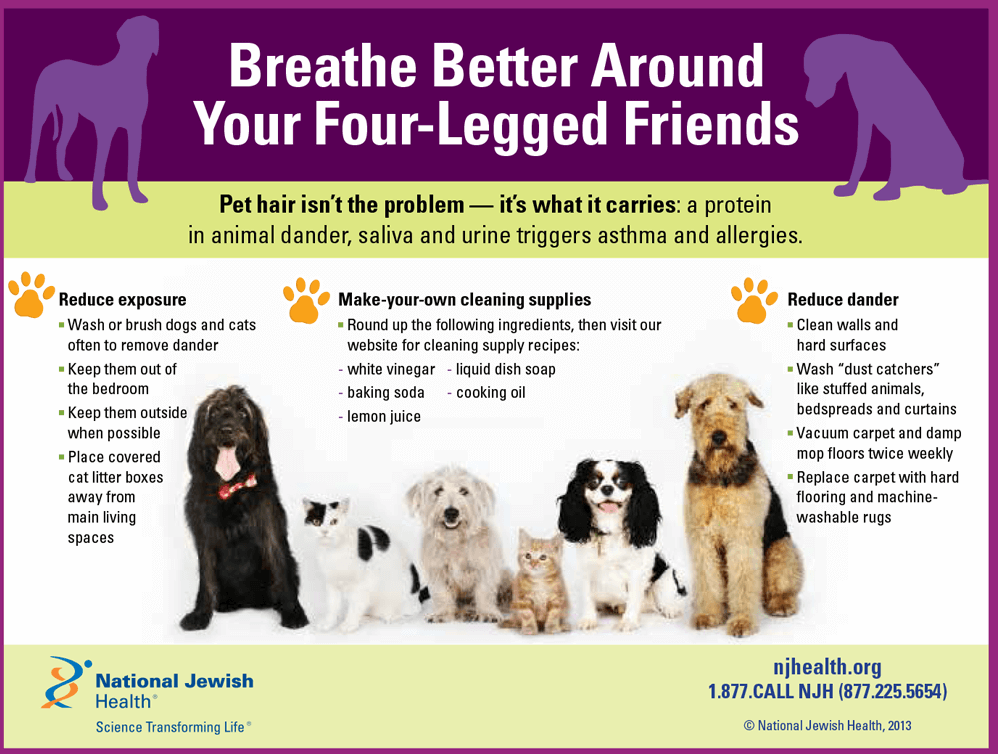How To Help Your Dog Adjust After Returning From Boarding
How To Help Your Dog Adjust After Returning From Boarding
Blog Article
Various Pet Daycare Floor Covering Kind
Canine daycare centers need floor covering that is durable, smooth and simple to sterilize. Hard surface areas like crushed rock can harbor smells and irritate the feet of canines. Softer floorings can be a choking risk or impaction threat.
Sanitary floor covering is non-negotiable. Elevated kennel floorings promote better ventilation and reduce the build-up of wetness, odors and gases.
PadenporTM
Kennel deck flooring is modular floor covering that raises canines and animals off the ground-- keeping them far from dust, mud, and water. This kind of flooring is also very easy to tidy and uses great drainage.
PadenporTM is a pet-friendly cushioned flooring system that integrates soft rubber pads with nonporous urethane. It's seamless, very easy to tidy, and is available in a range of colors. It's a great selection for pet dog day care and animal grooming because it supplies convenience to canines' joints, backs, and legs. It's also acoustically absorbing and can help in reducing noise decibels in the facility.
Smooth choices are essential for pet care centers since they're simpler to clean and protect against smells from leaking through the joints. Plus, they're safer for staff and pets that may trip over a joint. Appearances are one more essential factor to consider for pet dog daycare floor covering. A stunning floor boosts worker spirits and allows clients understand that their canines remain in a risk-free environment.
Rubber Mats
Pet-friendly and simple to maintain, rubber floor coverings are a prominent option for pet day care floor covering. Their odor-resistant residential properties keep centers hygienic and tidy throughout the busiest times of the day. They likewise provide a softer surface area that decreases the stress and anxiety on pet dogs' joints and muscles.
These floor coverings are available in several structures and colors, enabling facilities to tailor their spaces cosmetically without compromising capability. Furthermore, their anti-slip properties make certain that playful frolicking does not result in injuries and pressure on canine guests.
Rubber floor coverings are offered in rolls, making them an ideal option for pet kennels and indoor pet daycare centers. However, they are porous and will certainly have seams, which suggests they need securing to prevent microorganisms from growing in the spaces. This can add up to an extra price.
Rolled Rubber
Rubber rolls are a popular choice for pet facilities since they are durable and give good grip for animals. They are additionally easy to tidy and stain resistant.
Nonetheless, some people might not like the seams and the absence of design choices that rolled rubber provides. One more negative aspect is that it can be very slippery when damp.
Other types of floorings for pet daycare consist of foam, carpeting, and epoxy. Foam floors are soft and supply shock absorption. They can be a good choice for pets with arthritis since they relieve tension on their joints, feet, and backs. Carpeting, on the other hand, can be difficult to keep tidy and can nurture germs, dog boarding facilities mold and mildew, and fungi. Epoxy systems are nonporous and need little upkeep. They are also a great alternative for kennels, brushing beauty salons, training centers, and vet clinics. They are usually constructed from a mix of recycled materials and come in a range of shades.
Epoxy
Unlike floor paint that may not be able to stand up to rough disinfectants and other cleansing chemicals used for sterilizing, epoxy floorings have the ability to do so. They also have a flexural stamina of over 3,000 psi so they are exceptionally sturdy.
Epoxy flooring provides an impermeable surface area that prevents spills and canine pee (we all understand there are mosting likely to be accidents!) from penetrating the concrete and reproducing bacteria. Specialized epoxies additionally contain antimicrobial ingredients to stop the development of microorganisms and viruses.
A drawback to epoxy floors is that they can end up being unsafe when damp so a distinctive finish may be required to assist enhance grip and lower risk of injury for pets and staff. Furthermore, they can yellow if subjected to extended periods of sunshine. However, fluid-applied smooth epoxy and urethane systems give animal care and veterinary clinics the heavy-duty performance and cleanliness manage assistance they require to stay on par with the strenuous needs of the work environment.